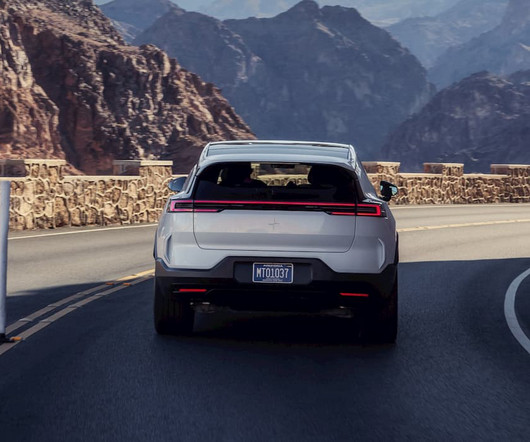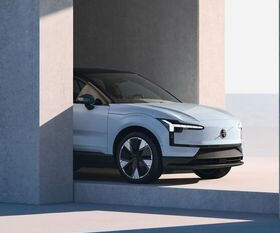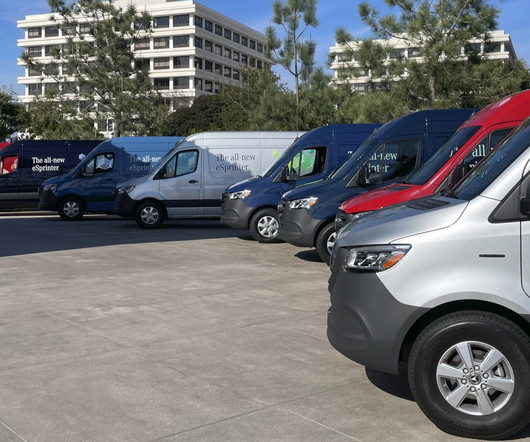2025 Polestar 3 starts at $74,800 and 315 miles, US deliveries in Q2
Baua Electric
MARCH 13, 2024
At launch, the entire 2025 Polestar 3 lineup will have dual-motor all-wheel drive, with an output of 489 hp and 620 lb-ft of torque, and a 111-kwh battery pack. Polestar points to a maximum charge rate of 250 kw, good for a 10% to 80% charge in 30 minutes, and estimated EPA range ratings (not yet official) at 279 or 315 miles.












Let's personalize your content